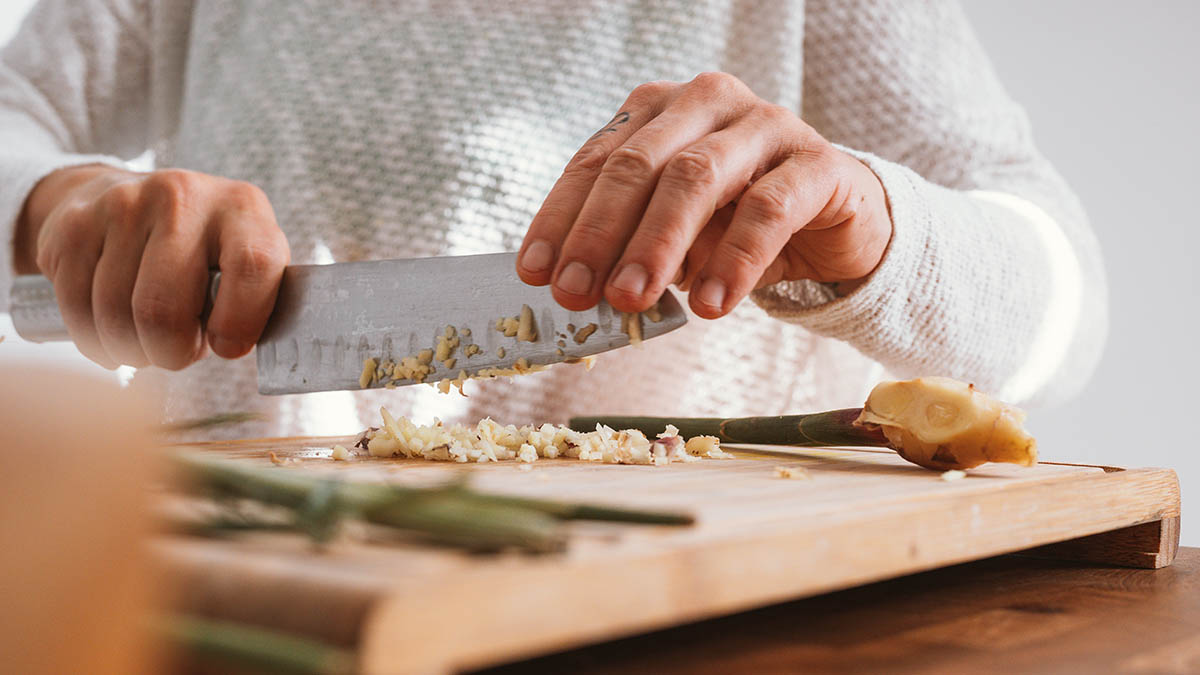When it comes to maintaining the beauty and durability of your walnut cutting board, knowing how to clean walnut cutting board properly is essential. Walnut is known for its rich color and natural beauty, but like any wood kitchen tool, it requires special care to retain its luster and functionality. As kitchen professionals, we must ensure our tools are in top condition not only for aesthetic purposes but also for hygiene.
A walnut cutting board is not just a utensil but an investment that adds charm to your kitchen. Over time, these boards can develop stains, odors, and a buildup of food particles. With the right techniques, you can ensure that your cutting board remains clean and free from bacteria while keeping its unique character intact.

Understanding the Importance of Proper Cleaning
Understanding how to clean walnut cutting board isn't just about appearance; it's also about safety. Cross-contamination can lead to foodborne illnesses, so knowing how to disinfect your cutting board is paramount. Given that walnut wood has natural antibacterial properties, proper cleaning can enhance these benefits.
Why Choose Walnut for Your Cutting Board?
Before we delve into cleaning techniques, it's worth noting why walnut is a preferred choice among professionals:
- Durability: Walnut cutting boards are less likely to warp and crack compared to other woods.
- Knifewear: The softness of walnut is gentle on knife edges, extending their lifespan.
- Natural Beauty: The deep hues and grains make walnut cutting boards visually stunning.
Essential Cleaning Techniques
Once you understand the benefits of using a walnut cutting board, lets dive into the actual how to clean walnut cutting board. Here are my top recommended methods:
Hand Washing with Warm Soapy Water
The simplest method is hand washing. Follow these steps to keep your board pristine:
- Gather your supplies: mild dish soap, warm water, and a soft sponge.
- Use warm, soapy water to scrub the surface gently.
- Rinse thoroughly with plain water, ensuring no soap residue remains.
- Pat dry with a clean towel immediately after washing.
Disinfecting the Board
To ensure that all bacteria are killed, occasional disinfecting is essential:
- Prepare a solution of 1 part white vinegar to 4 parts water.
- Apply this solution with a clean cloth or sponge, covering the entire surface.
- Let it sit for a few minutes before rinsing with warm water.
- Dry as noted above.
Removing Stains and Odors
If your walnut board has absorbed some unwanted stains or odors, baking soda can be your best friend. Heres how:
- Sprinkle a generous amount of baking soda over the stained areas.
- Gently scrub with a damp sponge until the stains lift.
- Rinse and dry as before.
Maintaining Your Walnut Cutting Board
Regular maintenance is vital to prolonging the life of your walnut cutting board. Here are some tips:
Oil Your Board Regularly
Applying mineral oil every few months helps prevent drying and cracking:
- Clean your board thoroughly first.
- Apply a thin layer of food-grade mineral oil with a soft cloth.
- Let the oil sit for a few hours, then buff off any excess.
Use for Specific Ingredients
Different cutting boards can be used for various food categories. For instance, consider using a colored cutting board for chicken or fish to avoid cross-contamination as mentioned in this article. Understanding which color indicates what is pivotal in a professional kitchen.
Storing It Properly
Store your cutting board upright to allow it to breathe. Avoid placing it in direct sunlight or near heaters, which can warp the wood.

FAQs About Cleaning Walnut Cutting Boards
What should I avoid when cleaning my walnut cutting board?
Avoid using harsh chemicals, soaking in water for long periods, or putting it in the dishwasher.
How often should I oil my walnut cutting board?
It is advisable to oil your board every 3-4 weeks to keep it moisturizing and protected.
Can I use bleach to disinfect my walnut cutting board?
No, bleach can damage the wood and affect its food safety. Instead, use vinegar or hydrogen peroxide solutions.
Cleaning your walnut cutting board isn't just a task, it's a commitment to maintaining the integrity and aesthetics of your kitchen tools. For detailed knowledge on other cutting board colors and their functions, visit this website.
As an Amazon Associate, I earn from qualifying purchases.


























